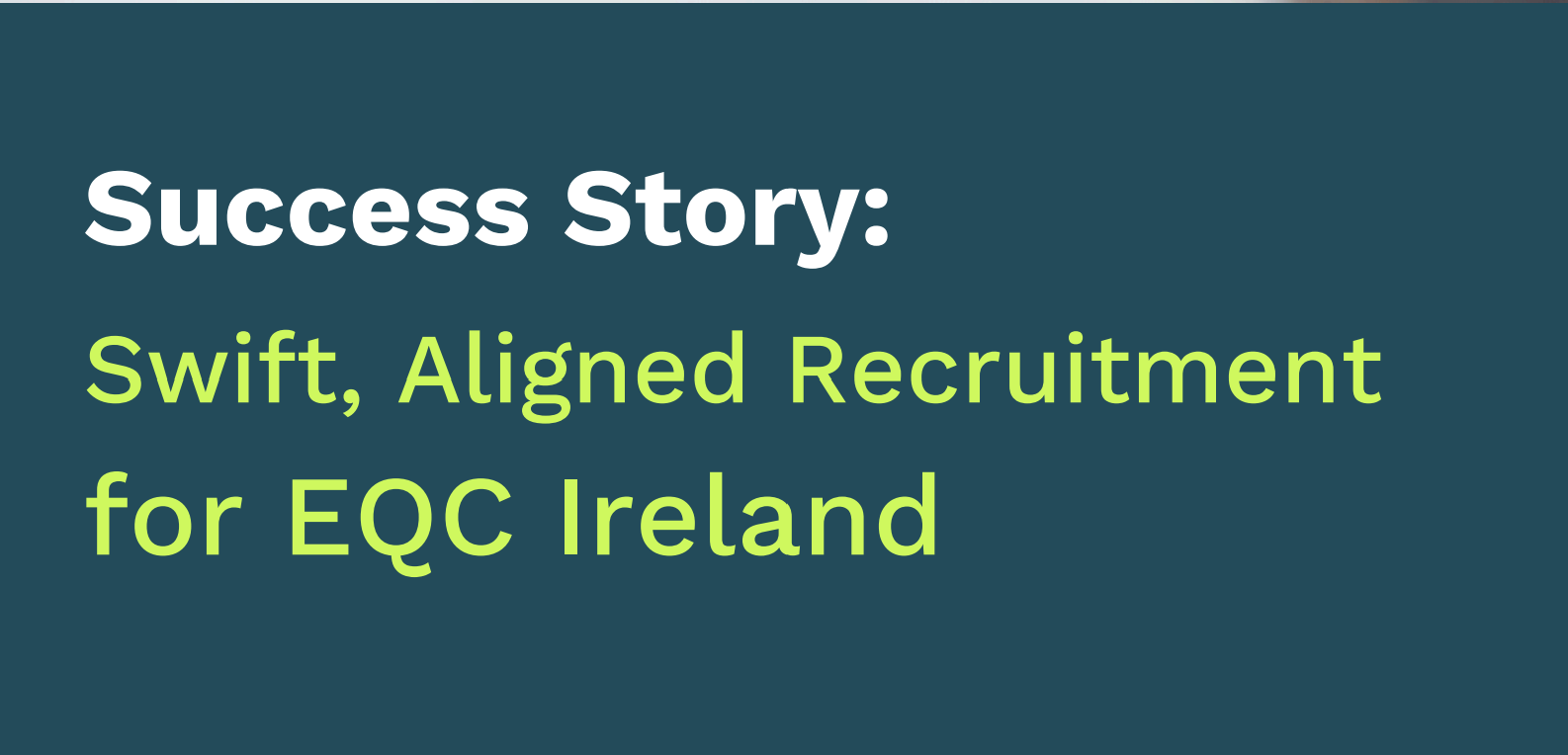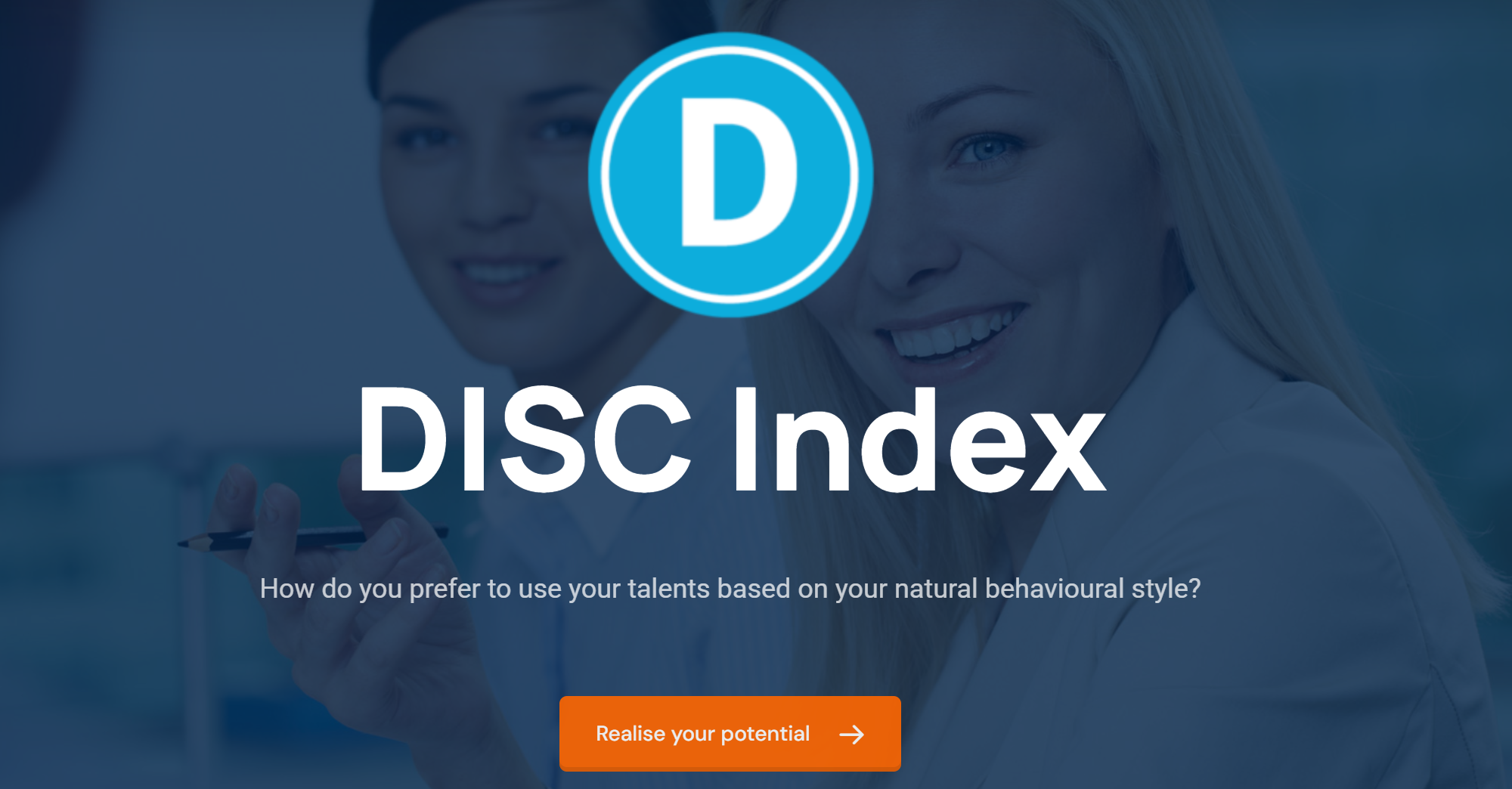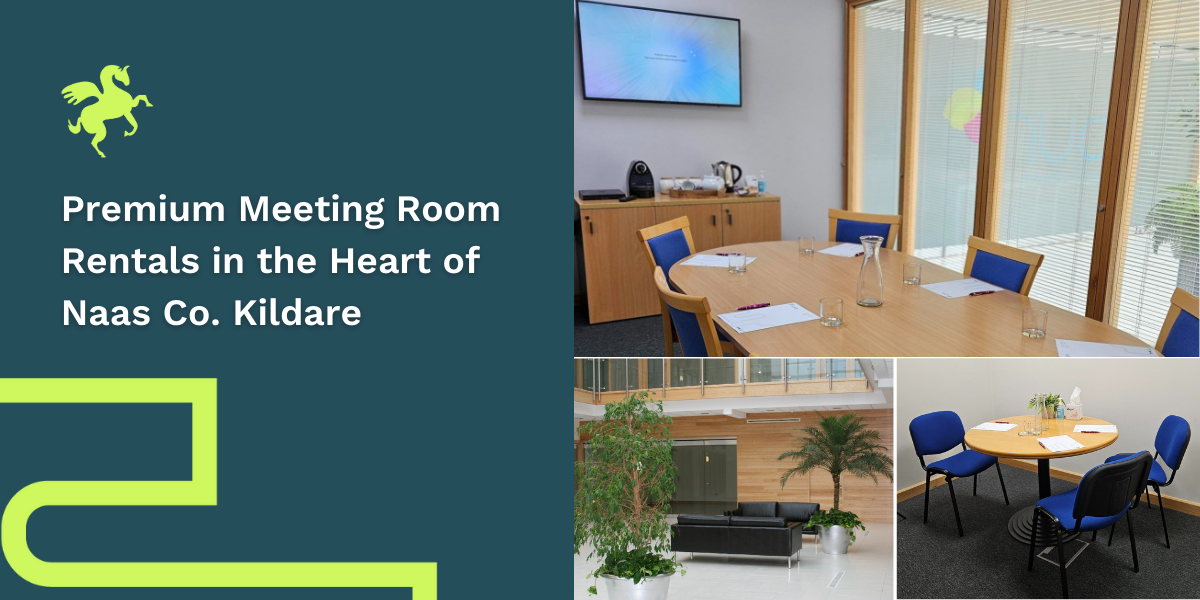Join Our Leadership Network
Confidentially connect with Clark Executive Search — your partner for the next strategic move.
At Clark Executive Search, we partner with senior leaders who are planning their next career step — even if that move is months or years away.
Our Leadership Network is a curated community of high-performing executives across Ireland and internationally, built on trust, confidentiality, and long-term career support.
Why Join?
Early Insight. Be first to hear about upcoming executive and board-level opportunities — often before they are publicly advertised.
Strategic Career Guidance. Receive confidential advice from our experienced Search Directors on benchmarking, market positioning, and readiness for future roles.
Exclusive Content. Get access to thought leadership, private market reports, and invitations to senior-level events and briefings.
No Pressure. Ever. This is not about pushing roles. It’s about building relationships that last — so when the right opportunity arises, you’re already on our radar.
Who We Work With
We advise and place leaders across:
-CEO, COO, CFO, CMO, CTO, and CHRO roles
-Board Non-Executive Director positions
-Transformation and growth-focused leadership appointments
-Irish and international organisations, from scale-ups to global enterprises
Let’s Start the Conversation
If you’d like to arrange a confidential exploratory chat, or to quietly register your interest in future opportunities:
📧 Contact:
Niamh Flynn or Stephen Farrell-O’Callaghan
+353 45 881 888
Or simply share your confidential CV and we’ll be in touch when the right opportunity aligns.
“Great careers aren’t built on applications — they’re built on relationships.”
Swift, Aligned Recruitment: A Success Story with EQC Ireland
At Clark Recruitment, we take pride in partnering with organisations that value quality, culture, and efficiency in their hiring process. EQC Ireland, a leading provider in their industry, approached us with a critical requirement: sourcing a Senior Administrator to join their expanding team. The challenge? Finding the right candidate with the ideal blend of technical skills and cultural alignment—within a very tight timeframe.
Understanding the Brief
EQC needed a recruitment partner who would not only deliver results quickly but also take the time to understand their team dynamic and business values. They turned to Clark to help them get it right—the first time.
Our Approach
Having spent time on-site with the EQC team before the assignment, we had a strong grasp of their work environment and team culture. We activated our pre-qualified candidate database and identified five standout professionals who had already undergone detailed interviews with our consultants. We understood their motivations, strengths, and goals, allowing us to match them precisely with EQC’s needs.
We managed every stage of the recruitment process—from coordinating interviews and collecting feedback to managing job offers and contract negotiations. Within just one week, EQC had hired a high-calibre Senior Administrator who was the perfect fit for the role and the team.
The Result
All five shortlisted candidates were interviewed and found to be highly suitable. EQC’s HR Manager described the process as “smooth and efficient,” highlighting our proactive communication, attention to detail, and commitment to delivering the best outcome.
“Clark’s support made the entire recruitment process seamless and hassle-free. Their clear communication, attention to detail, and commitment to finding the right people allowed us to focus on our business with confidence.” — HR Manager, EQC Ireland
Download your copy here! EQC Success Story
Partner with Clark Recruitment
Whether you’re growing your team or seeking a new career opportunity, our Recruitment & Selection services are designed to deliver fast, effective, and personalised results. Get in touch with our award-winning team today at hello@clark.ie or call 045 881 888.
Clark Executive Search Solutions
At Clark, we specialise in executive search, providing you with unparalleled
support throughout the entire recruitment lifecycle. Our dedicated team of
Recruitment and search professionals guides you seamlessly through each
phase, ensuring you have access to the strongest pool of candidates.
We pride ourselves on a rigorous, compliant approach that safeguards
against procedural challenges. Our meticulous processes are designed to
meet audit standards and adhere strictly to the CPSA code, offering a robust
defence against any potential disputes.
Our expertise spans a wide range of industries, including legal, human
resources, marketing, accountancy & finance, and engineering, among others.
We employ proven methodologies and advanced systems to assure you that
your executive recruitment needs are being met by a highly experienced
team.
Our professionals are not only ISO accredited 9001:2015 but also highly
experienced in project management, reflecting our commitment to
excellence and precision. Moreover, we are fully licensed by the Department
of Enterprise, Trade and Employment and accredited by the Commission for
Public Service Appointments (CPSA).
We invite you to discover how our executive search services can empower your organisation. We are dedicated to being your trusted partner, helping you secure the leadership talent that will drive your success.
Review our brochure below.
For more information contact Stephen Farrell-O’Callaghan on 045 881888 or email stephen@clark.ie
Your Trusted Executive Search Partner, Expertly Placed. Personally Delivered.
Always the Right Fit.
Unlocking Potential: How Psychometric Assessments Can Transform Your Hiring Process!
In today’s competitive hiring landscape, finding the right candidate isn’t just about experience—it’s about understanding behaviour, values, and thinking styles. At Clark Recruitment, we’ve seen first hand how using advanced tools like the ADVanced Insights Report (ADV) can completely transform recruitment outcomes.
As the focus on cultural fit and long-term potential continues to grow, psychometric assessments are becoming essential to making informed and confident hiring decisions.
🔍 What is the ADV Report?
The ADV combines three scientifically-backed tools that provide a powerful, multi-dimensional view of each individual:
✅ DISC Index – Measures observable behaviours in both natural and adapted environments, helping you understand how individuals communicate, perform tasks, and collaborate in teams.
✅ Values Index – Reveals what truly drives a person, using seven dimensions of motivation defined by Spranger and Allport.
✅ Attribute Index – Based on the science of Axiology, this tool uncovers how people think and make decisions, offering insight into their strengths and potential development areas.
Together, these insights offer a complete picture—helping hiring managers and leaders make smarter, more aligned decisions.
💼 How We Use ADV at Clark
We’ve integrated the ADV report into our recruitment and talent management processes to:
-
🔍 Enhance hiring accuracy by identifying best-fit candidates
-
💡 Improve retention by aligning values and cultural fit
-
🚀 Support employee coaching, leadership development, and onboarding
It’s not just about hiring—it’s about building high-performing, motivated teams from the ground up.
🤝 Want to Learn More?
 If you’re curious about how the ADV report can add value to your recruitment or team development strategy, we’d love to chat.
If you’re curious about how the ADV report can add value to your recruitment or team development strategy, we’d love to chat.
📩 Contact Stephen Farrell O’Callaghan or Sarah Mortimerat Clark to explore how psychometric tools can support your hiring and retention goals.
Let’s unlock the potential in your people, together.
#PsychometricAssessment #RecruitmentStrategy #DISC #TalentDevelopment #LeadershipCoaching #ClarkRecruitment #TeamPerformance #ADVInsights
Meet the Leaders of Clark
Meet the Leaders of Clark
At Clark Recruitment, our mission has always been clear – to connect talent with leading businesses. With over two decades of experience, we take pride in providing expert recruitment services tailored to our clients’ unique needs.
Today, we’re excited to introduce ourselves: Stephen Farrell O’Callaghan and Sarah Mortimer – the dedicated leadership team behind Clark Recruitment.
Meet Stephen Farrell O’Callaghan – Owner & Managing Director
With over 20 years of experience in recruitment, Stephen has directed our recruitment strategies with a strong focus on innovation and long-term success. As Managing Director, Stephen is passionate about matching talented professionals with the right companies, fostering meaningful career connections that benefit both individuals and organisations. His strategic mindset and extensive knowledge of the Irish job market make him a trusted partner to clients and candidates alike.
Meet Sarah Mortimer – Co Owner & Director of Recruitment
Sarah is a dedicated professional with extensive experience in recruitment and human resources. With a strong background in HR management and talent acquisition, Sarah has played a crucial role in driving our mission forward. Her passion for building long-term relationships and understanding both client and candidate needs ensures that we continue to make successful placements that benefit businesses and job seekers alike.
About Clark
Established in 1998, Clark is a recruitment and consultancy firm based in Naas, Co. Kildare. We specialise in connecting highly skilled candidates with top companies across industries including HR & Operations, Manufacturing & Engineering, Sales & Marketing, Senior Executive Recruitment and more. Our commitment to excellence has earned us a trusted reputation in the Irish recruitment landscape. At Clark, we take a personalised approach to recruitment, ensuring that we match the right talent with the right organisations to drive success for all parties involved.
We look forward to working with you, whether you’re looking for your next great hire or your dream job. Get in touch with us today!
📞 Call us: +35345 881 888
📧 Email: hello@clark.ie
🌍 Visit: www.clark.ie

Complimentary DISC Profile to enhance your interview techniques – request now!
Enhance Your Career with a Complimentary DISC Profile
At Clark, we’re dedicated to helping you succeed. As part of your interview and career journey with us, we’re delighted to offer you a complimentary DISC Profile—an invaluable tool designed to boost your self-awareness, refine your communication style, and enhance your interview and professional success.
Why Take the DISC Profile?
- Gain a deeper understanding of your behavioural style and communication preferences.
- Highlight your strengths to stand out in interviews.
- Adapt more effectively to connect and collaborate in professional settings.
How to Get Your DISC Profile
- Email hello@clark.ie to request your DISC Profile.
- We’ll send you a link to complete the assessment—it only takes a few minutes!
- Once completed, you’ll receive your personalised DISC report straight to your inbox.
This powerful tool will provide actionable insights to help you perform confidently in interviews, build stronger professional relationships, and navigate workplace challenges with ease.
Got questions? We’re happy to help! Call us on 045 881888!
“Recruitment Audit – Partner with Us to Solve Your Staffing Challenges”
At Clark Recruitment, we understand that recruitment can be a challenge. That’s why we’re offering a free recruitment audit to help you streamline your hiring process and improve results.
As your recruitment partner, we’ll work with you to identify any pain points and provide tailored solutions that meet your unique needs. From improving efficiency to attracting top talent, our goal is to support your business every step of the way.
With our recruitment expertise and specialised tools, we can help you:
- Identify gaps in your current hiring process
- Improve efficiency and reduce the time to hire
- Ensure you’re attracting the best candidates for your team
- Offer solutions like psychometric profiling and customised recruitment processes
What’s included in the consultation?
- A tailored audit of your current recruitment practices
- A review of your staffing needs and pain points
- Actionable recommendations to streamline your recruitment efforts
- A personalised strategy to help you find the right talent, faster
This consultation is completely free, with no obligations attached—our aim is to help you assess your current process and show how our expertise can make a difference.
If you’re interested in taking advantage of this offer, simply email hello@clark.ie requesting a free Recruitment Audit and we will schedule a time that works best for you.
Let’s work together to overcome your recruitment challenges and help your business grow.
Success Story: Nicki Hoyne’s Pop-Up Store in Kildare Village
In the dynamic realm of retail, every venture, from opening a new store to launching a pop-up, presents its own unique set of challenges. One of those challenges is the ability to assemble a proficient sales team swiftly. Enter Nicki, with her ambitious plan to launch a pop-up store in Kildare Village, and her need for a reliable recruitment solution. This is where Clark stepped in, and the results were nothing short of remarkable.
The Solution
Deep dive into this case study, and learn how Clark’s Recruitment Solutions helped Nicki to achieve her retail goals. Click the image below to read more.
The Remarkable Outcome
Thanks to Clark’s proactive approach, Nicki’s pop-up store was equipped with a competent sales team ready to hit the ground running. The seamless recruitment process and the calibre of the staff provided played a pivotal role in the smooth operation of the store, allowing Nicki to focus her attention on other critical aspects of her business.
Partner with Clark for Your Retail Recruitment Needs
The collaboration between Nicki and Clark underscores the significance of having a trusted recruitment partner in the fast-paced retail sector. Our ability to swiftly address and fulfil Nicki’s staffing requirements highlights the value of expertise and dedication in recruitment services. This success story not only showcases Clark’s proficiency in meeting urgent recruitment needs but also emphasizes the transformative impact of seamless collaboration on the success of retail ventures.
Ready to Elevate Your Retail Recruitment Game?
Whether you’re gearing up to open a new store or launch a pop-up, let Clark be your guiding light in the recruitment journey. Reach out to us today on 045 881 888 or hello@clark.ie and let’s embark on a path towards success together!
Read the Success Story:
 |
For more information or to discuss any of these points further, please contact us or reach out to us on 045 881 888 or hello@clark.ie.
Premium Meeting Room Rentals in the Heart of Naas, Co. Kildare.
Located on John’s Lane, off North Main Street in Naas, our meeting spaces are ideally situated in Kildare’s central business district. Adjacent to the esteemed Lawlor’s Hotel, our property features an impressive, glazed roof enclosure that covers the central common areas, creating a bright and airy atmosphere that is perfect for your meetings.
Our Amenities Include:
- Excellent ventilation and heating.
- High-speed WiFi connectivity.
- Fully secure and private spaces with breakout zones.
- Lunch catering from local suppliers as required.
Easy Access and Convenience:
- Stairwells and a lift from the ground floor lobby provide easy access to the space.
- Paid parking available at various locations surrounding the building.
Special Rates:
- Half-day and full-day rates available.















